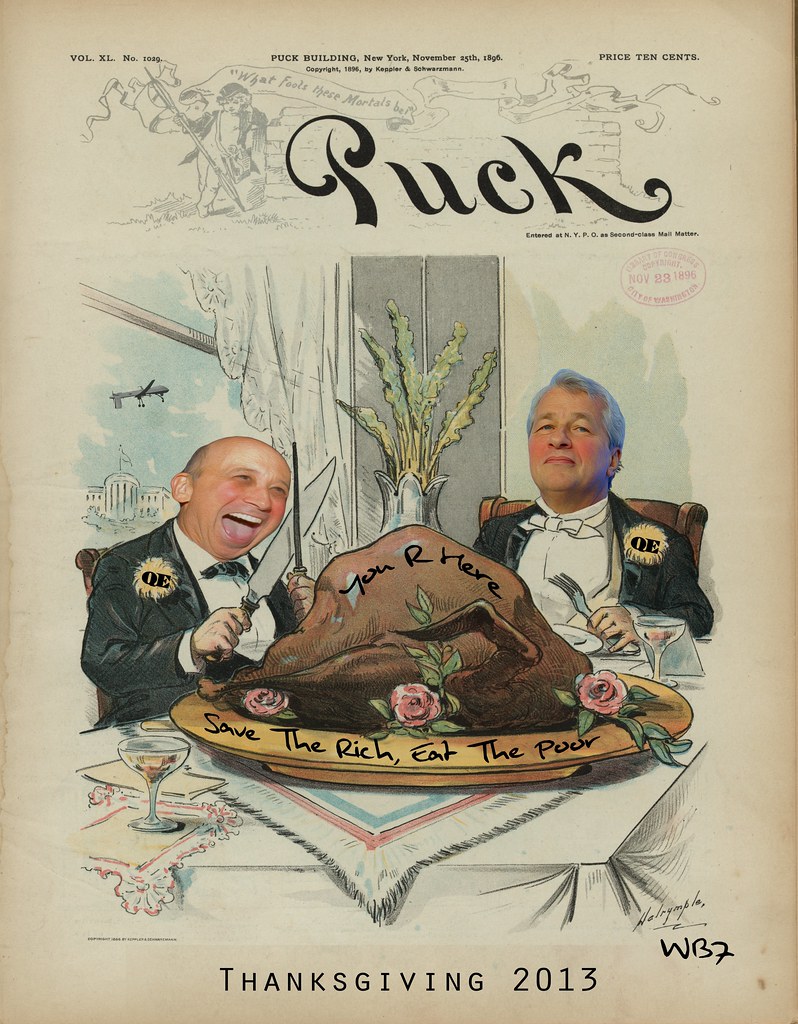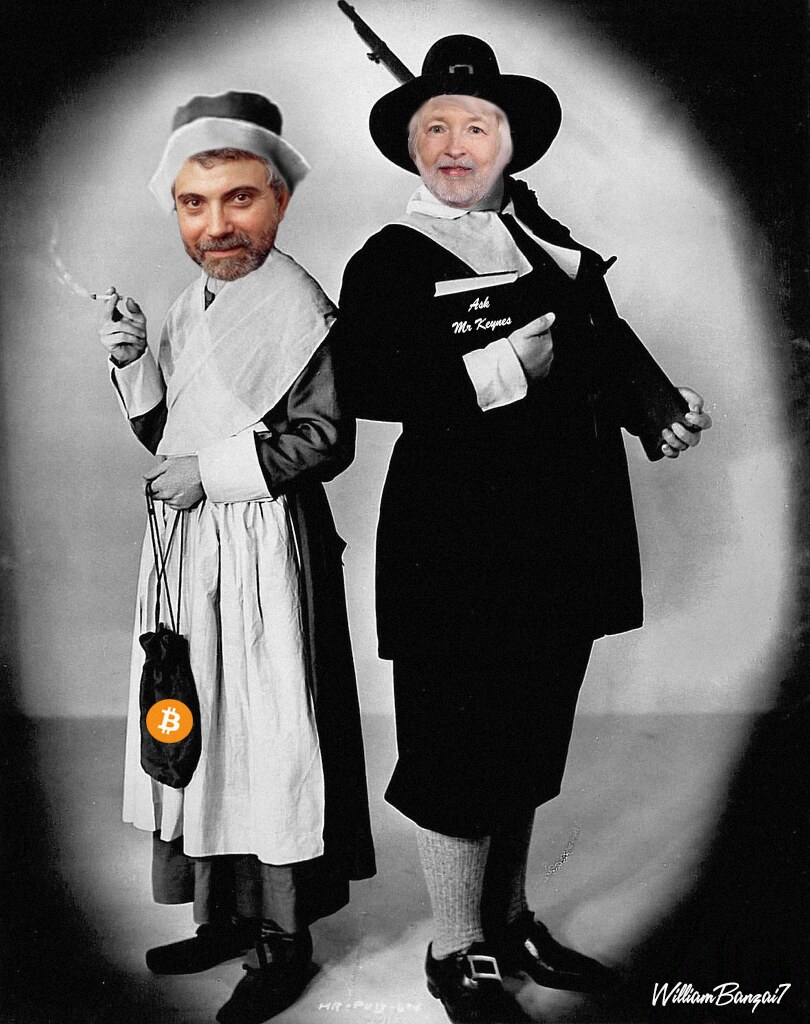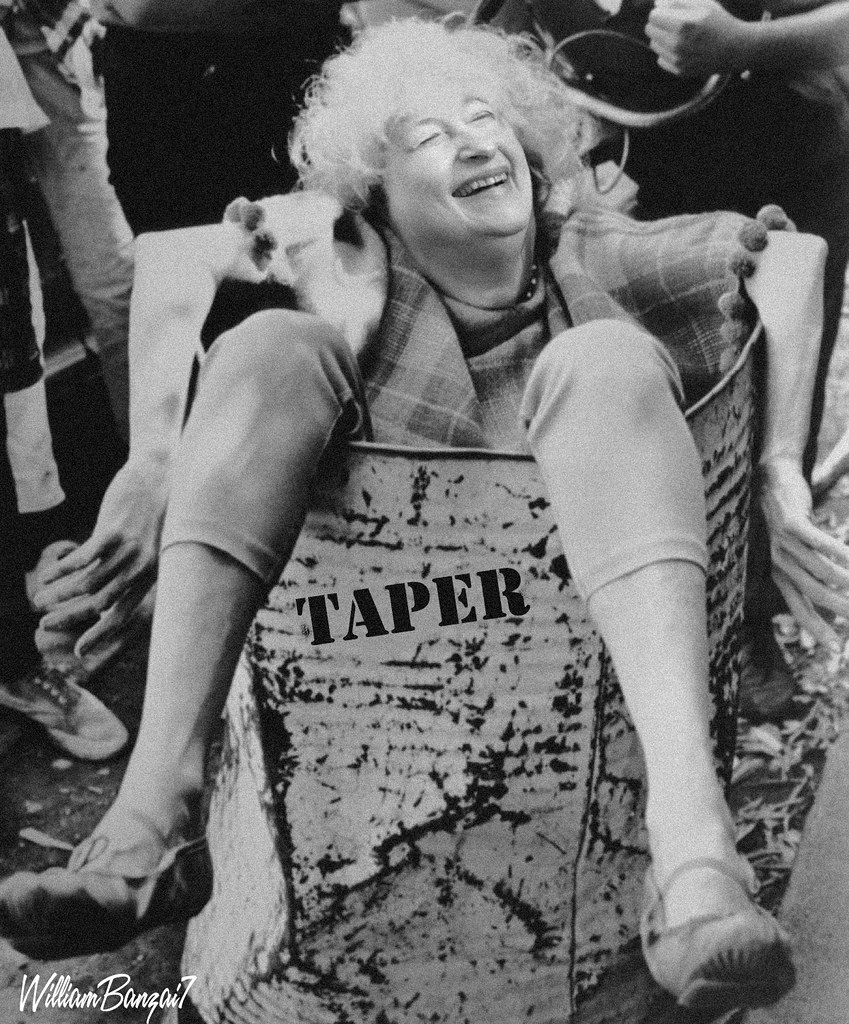Wolf Richter www.testosteronepit.com www.amazon.com/author/wolfrichter
Money-losing Italian supercar maker Maserati, a subsidiary of money-losing Italian run-of-the-mill automaker Fiat, has some challenges. It sold 6,288 cars worldwide in 2012, down 30% from its all-time record in 2008 of 9,000 cars. In order to become profitable, and help its parent become profitable, it wants to force-jump those sales to 50,000 by 2015. Multiplying sales by a factor of eight in three years, just to become profitable? I wonder who did the math.
But it’s not entirely pie in the sky. The number of orders nearly tripled during its year ended July, from the number of units sold in the prior year, though manufacturing bottlenecks have limited actual dealer sales so far.
“The numbers show that the United States is still our largest market globally, but that China has taken the lead for certain models such as the Quattroporte,” Maserati brand chief executive Harald Wester told Reuters in August.
But the company faces a couple of problems in China.
One is the perception that Italian high-end cars are less reliable than their German competitors – a perception Maserati had to fight, Christian Gobber, managing director of Maserati Greater China, told The Wall Street Journal.
Another is crummy service. Maserati doesn’t have much of a service operation in China, and its parts distribution center in Shanghai is run by a third party. “It’s a headache for owners of Maserati; even in Beijing there are few places that provide maintenance service,” explained Michael Ye, a real-estate professional. He liked the Quattroporte’s “fashionable and dynamic design,” but dreading the aftermarket service, he ended up buying a Porsche Cayenne.
Maserati isn’t blind to the problem. The company is looking into beefing up its parts and service operations as more Maseratis roll over the curb. Eventually customers might see service levels “more in line” with German high-end automakers, but as of yet, Gobber said, a new parts distribution center was still in the “study phase.”
And then there is Chinese President Xi Jinping’s crackdown on lavish spending by government officials as part of a larger crackdown on corruption that he wove into his plan late 2012. He meant business. Sales of supercars, which had soared since the Financial Crisis, suddenly dropped late last year, and have continued to drop, including those of Ferrari and Lamborghini. Corrupt officials simply can no longer afford to show off the fruits of their corruption [read…. Supercars In The US, Japan, and China: How QE And Corruption Boosted Sales].
But Maserati sales in China are booming. The number of dealerships is expected to reach 40 by the end of the first quarter and 60 by the end of 2014. For the first 10 months, the company delivered 2,000 cars, with another 1,000 cars to be delivered by the end of this year, Mr. Gobber said. That’s up from about 900 for the entire year 2012.
China, with 4,938 total orders for the first nine months – the company is having trouble building them – is still Maserati’s second largest market, behind the US, for now, but orders for its hottest model, the Quattroporte, reached 3,956 in China, the most anywhere in the world.
But who the heck are these eager buyers, now that corrupt officials have to think twice before splurging on them?
In the US and Europe, 95% of the buyers are male. The average age is 55. Turns out, the cliché is actually a reality: wealthy guy, going through midlife crisis, ends up buying a supercar, perhaps at the spur of the moment, now that he can afford it.
But not in China. There, the average buyer is 37 years old – and 40% are “very successful young businesswomen who love European craftsmanship and want to be chauffeured in their new Quattroportes,” Maserati CEO Harald Wester told Automotive News Europe.
As is the case with rich Chinese men, these young women don’t want to fight it out themselves in the endless traffic jams. Forget the screeching tires as the light turns green, the heel-and-toe downshift ahead of a turn with no visibility, the sheer thrill of a four-wheel drift through that turn, the rush that comes from blasting out of the turn, V-8 screaming near the red line, the rush of having escaped near-certain death merely by your infinitely honed driving skills and the noble piece of machinery that you paid such a fortune to obtain. They’d rather sit in the back and be chauffeured around.
And those Quattroportes cost a lot of moolah in China where the government slaps on hefty import duties and confiscatory luxury taxes. Entry-level econo-models with a V-6 engine start at the equivalent of $277,000, according to Automotive News Europe. Fully equipped V-8 models retail for about $440,000.
How is Maserati’s Quattroporte different from the models Ferrari and Lamborghini offer? They have to rely on corrupt officials to make their numbers, and when corrupt officials fail to materialize, sales drop. The entry-level Quattroporte is priced below the corruption limit of 2 million yuan, and that may help. But why does it appeal to young rich Chinese women? Maybe it’s the way it looks, maybe it’s the sound of the name in Chinese, or maybe it’s just young rich Chinese women who think they’re going to change the world.
BYD, the name of a Chinese electric vehicle maker, stands for “Build Your Dream.” Maybe that’s what they’re trying to do in China. But here, they’re building a nightmare: broken promises, falsehoods, design flaws… funded by American taxpayers. And they paid Chinese workers in California $1.50 per hour to do it. Read….. American Boondoggle Meets Chinese Methods







via Zero Hedge http://feedproxy.google.com/~r/zerohedge/feed/~3/T_87Gr9ntCA/story01.htm testosteronepit
![]()














